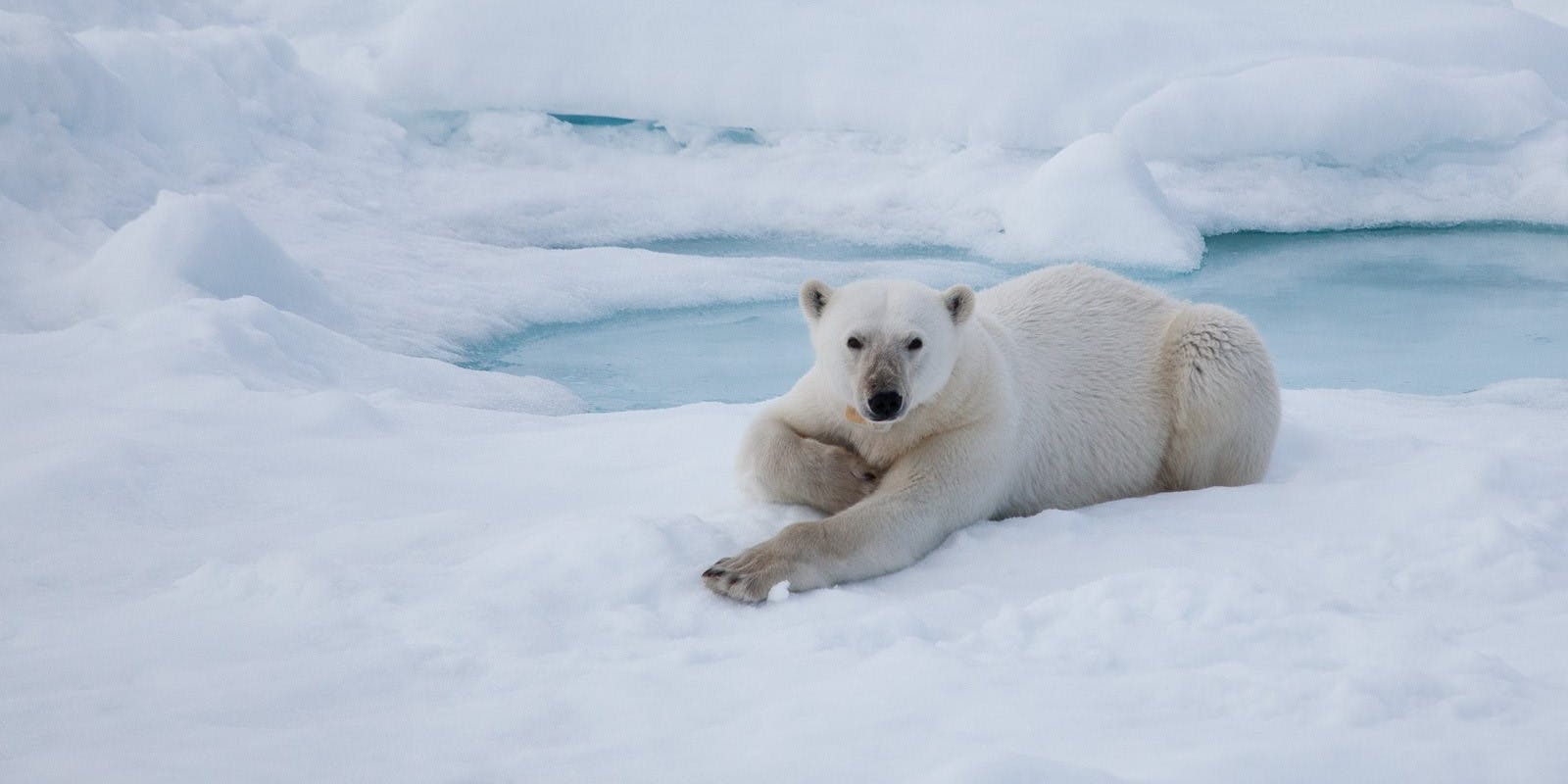
Polar Bears in Iceland
Polar bears are usually found roaming the Arctic regions, far from the shores of Iceland. However, The appearance of polar bears in Iceland is not a new phenomenon. These bears occasionally arrive from Greenland, floating on icebergs or swimming the distance.
Records of these rare occurrences date back to the early settlement of Iceland, with the frequency varying over the centuries. There have been around 700 sightings since the country was settled in the 9th century.
The Natural Habitat of Polar Bears
Polar bears, creatures of the icy Arctic, are a marvel of adaptation. The Arctic's extreme conditions would be uninhabitable to most species. Yet, polar bears have survived and thrived in this frosty landscape. Their natural range spans across Greenland, Canada, Russia, Alaska, and Norway.
In these regions, the polar bears have perfected a way of life intricately tied to the sea ice. The icy platforms serve as a crucial hunting ground where they predominantly hunt seals, constituting a significant portion of their diet. The sea ice is also essential for other aspects of their lifecycle, including breeding and resting. Their existence is so intertwined with the Arctic sea ice that they are often referred to as marine mammals.
On the other hand, though known for its icy landscapes, Iceland does not provide the specific conditions that polar bears require. Located at a lower latitude than the polar bear's usual range, Iceland lacks the year-round Arctic sea ice. Also, the local marine ecosystem doesn't offer the diversity and abundance of prey species that polar bears need to sustain themselves.
Therefore, despite its reputation for cold weather and glaciers, Iceland does not provide the typical living conditions required by polar bears. Consequently, it does not form a part of their traditional habitat. It's important to note that the presence of polar bears in non-traditional habitats like Iceland often signals broader environmental changes, underscoring the need for continued research and conservation efforts.
Occasional Sightings of Polar Bears in Iceland
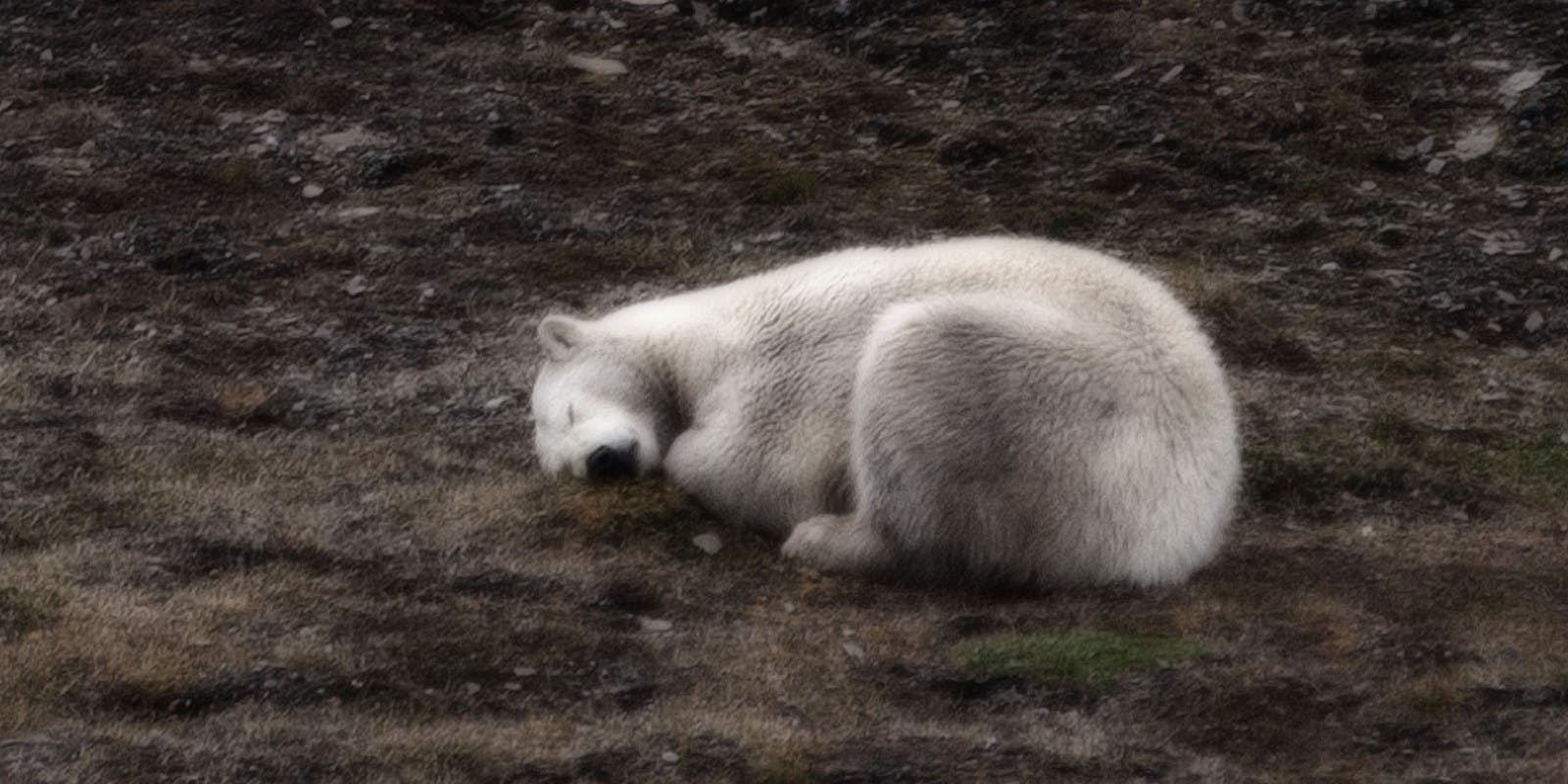
While it's not common, there have been instances where the unexpected presence of polar bears has graced Iceland. These encounters are extraordinary, stirring a mix of fascination and apprehension among the local population.
These rare sightings are typically the result of polar bears travelling from their native territory in Greenland, sometimes adrift on icebergs or ice floes. These Arctic voyagers often reach Icelandic shores when changing sea currents and melting ice carry them far from home. They usually arrive disoriented and hungry, having been adrift at sea for extended periods.
Finding themselves in unfamiliar territory, these bears embark on a quest for food and stable ground, both vital for survival. However, the landscapes of Iceland offer a stark contrast to the sea-ice habitats they are accustomed to, making their survival efforts challenging.
When polar bears appear in Iceland, it sparks a sense of awe among locals and visitors alike. After all, it's not every day that one gets to witness one of the Arctic's most impressive predators 'in the wild'. However, these visits also elicit concern for both human safety and the polar bears' welfare.
The presence of these mighty creatures in populated areas can pose potential risks to humans, especially given the bears' likely desperation for food. Equally important is the concern for the bears' welfare, as they are far from their native habitat and often in poor condition upon arrival.
These unusual encounters serve as stark reminders of the impacts of climate change on wildlife, particularly how shifting ice patterns can displace species from their natural environments. They underscore the need for proactive conservation strategies to safeguard displaced animals and the communities they inadvertently wander.
Notable Polar Bear Sightings in Iceland
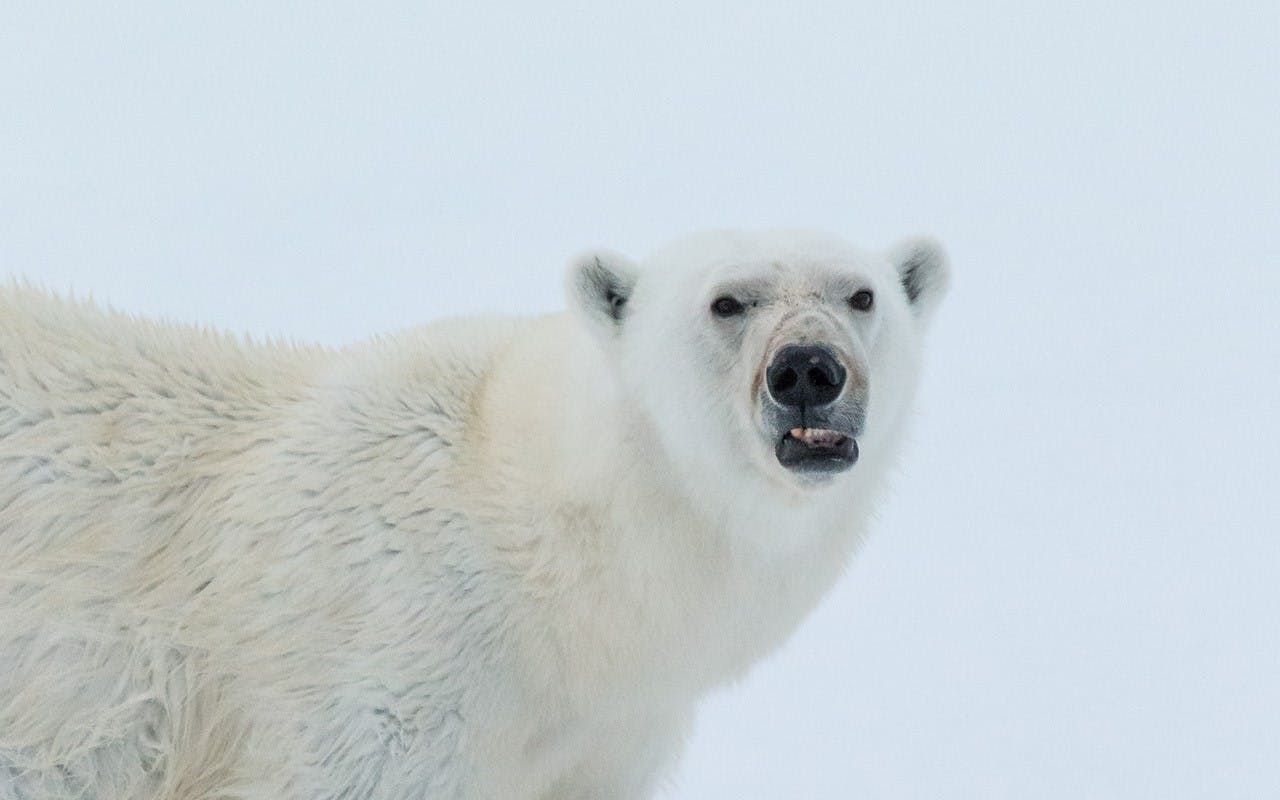
Here are some significant sightings of polar bears in Iceland:
- 1321: A polar bear is said to have come ashore in the Hörnströnd region and killed eight men.
- 1518: Another polar bear came ashore at Skagi in Skagafjörður, killing eight people, mostly poor women with children travelling between Húnaflói and Skagafjörður.
- 1917-1918: Known as the “Polar Bear Winter” due to multiple sightings, although the precise number is not known.
- 1968: A bear was spotted in Grímsey, north of the island.
- 2008: Two polar bears were sighted within a month, raising concerns about climate change’s impact on polar bear habitats.
- 2010: Two separate polar bear sightings occurred near Þórshöfn in the summer. Both bears were killed for public safety, sparking a national conversation about handling such incidents.
- 2024: A polar bear was sighted near Hornstrandir, likely arriving on an iceberg from Greenland. Unfortunately, it was killed due to its proximity to summer houses.
It's important to note that the exact number of sightings and the details of each incident can vary. The frequency of sightings and their responses also reflect changes in environmental conditions and evolving attitudes towards wildlife conservation and management.
Response and Measures Taken
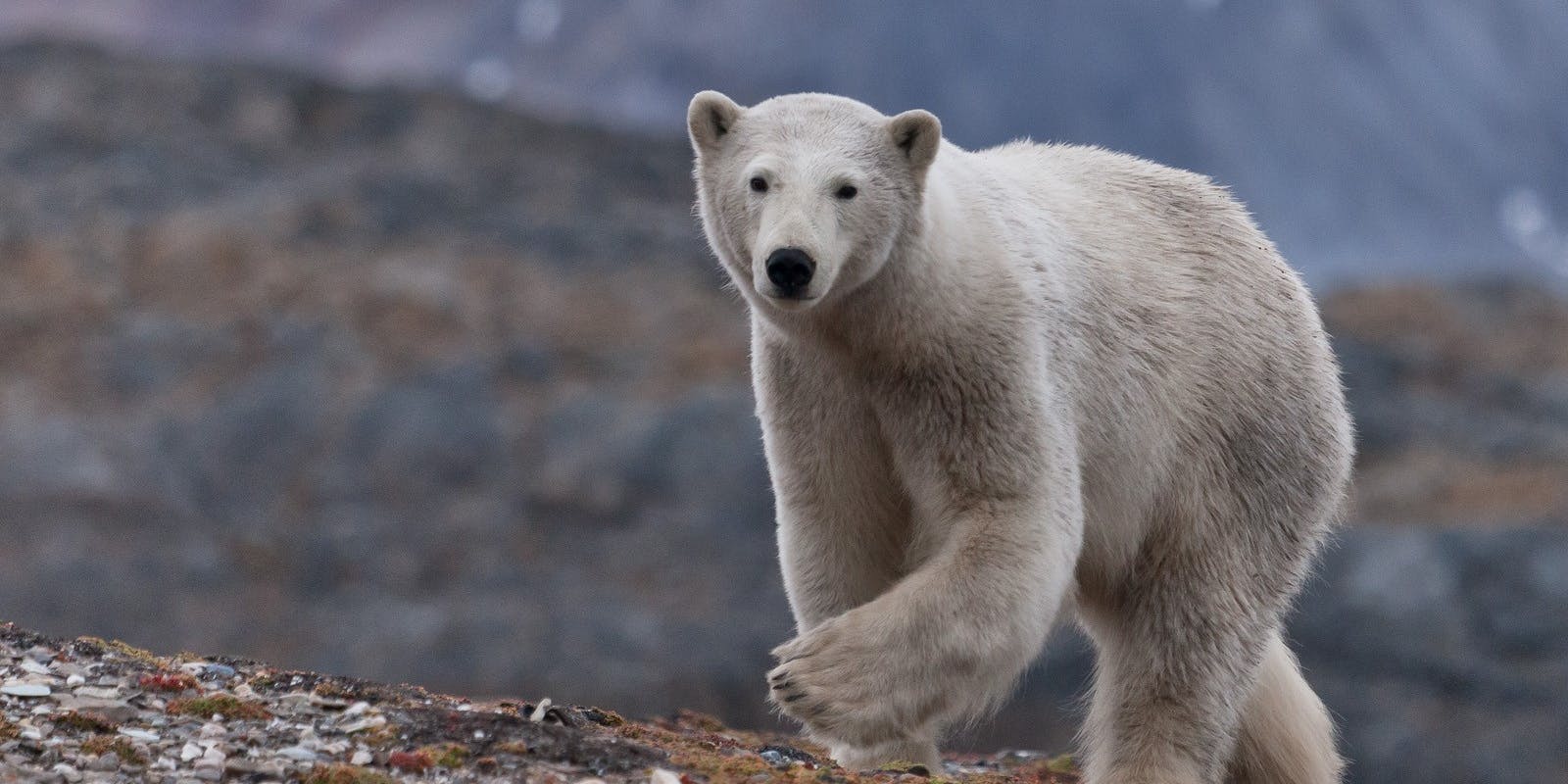
When polar bears are spotted in Iceland, swift action is taken by local authorities to address the situation. The primary objective is to ensure the safety of both the bears and the people. Experts and wildlife officials closely monitor the bears, tracking their movements and behaviour.
In cases where the bears are disoriented and pose immediate threats to human life or are unlikely to find their way back to their natural habitat, authorities may reluctantly resort to euthanising the bears. Such decisions are not made lightly and are carried out in compliance with international regulations and ethical guidelines. These measures aim to minimise potential harm while prioritising the conservation of polar bear species and the local community.
Conservation and Protection of Polar Bears
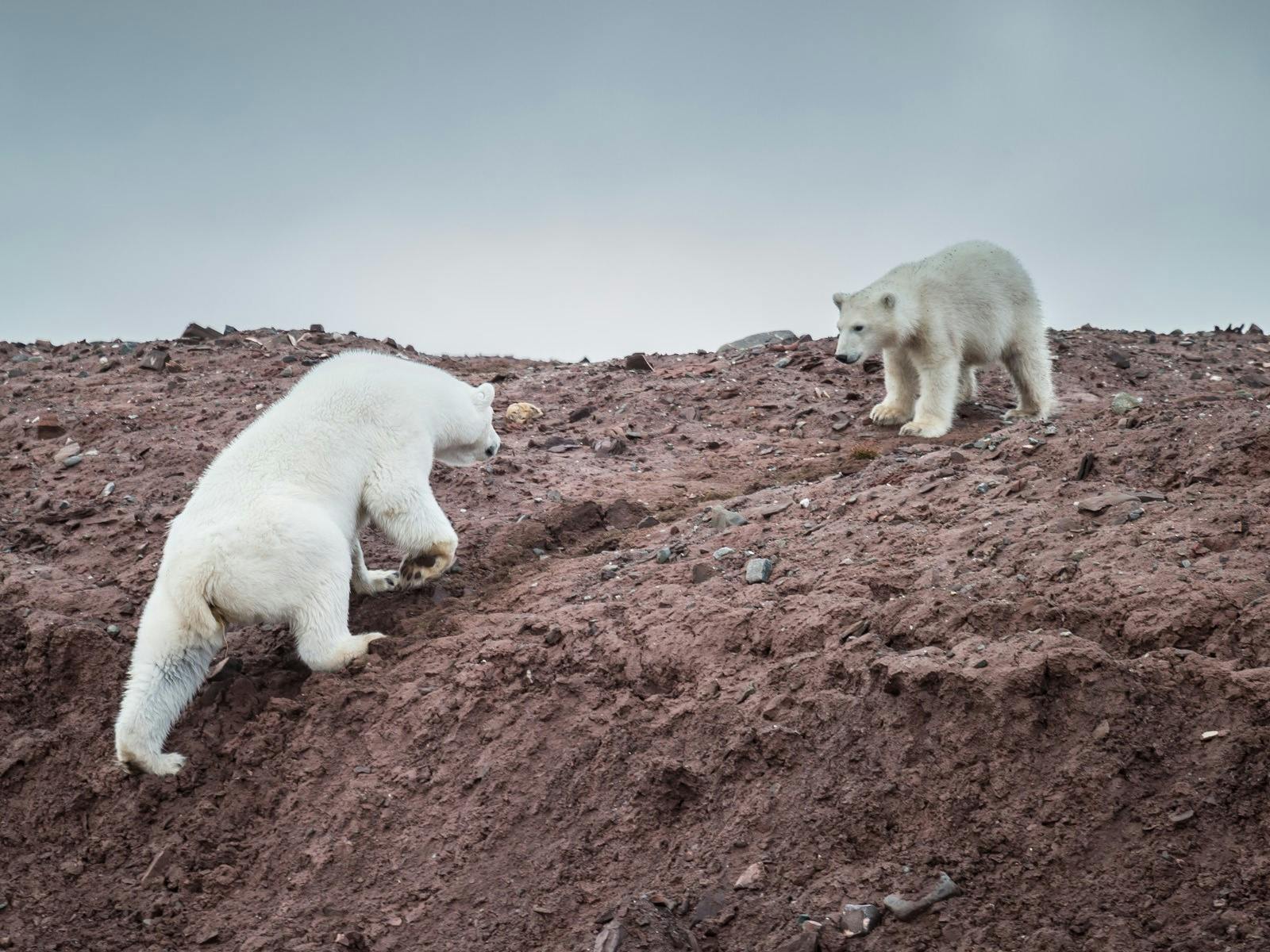
Polar bears are globally recognised as a vulnerable species due to the impacts of climate change and habitat loss. International treaties, conservation organisations, and collective efforts across nations are actively devising strategies and initiatives to protect these remarkable creatures and their delicate Arctic homes.
Due to changing environmental conditions, polar bears occasionally venture into unfamiliar territories, such as Iceland. While these instances may capture public attention and provide research opportunities, they also underscore the urgent need for habitat preservation. The long-term survival and well-being of polar bears are intrinsically tied to the health and stability of their Arctic habitats.
As the Arctic ice continues to recede at an alarming rate, the urgency to mitigate climate change intensifies. Reducing greenhouse gas emissions is a critical aspect of this effort. The rapid warming of our planet, driven largely by human activities, is causing sea ice to melt earlier and freeze later each year, thereby shrinking the hunting grounds of these apex predators.
Sustainable practices at both individual and collective levels are also crucial in this endeavour. This includes everything from reducing carbon footprints and promoting renewable energy to advocating for policies that protect Arctic wildlife and their habitats.
Conservation measures also extend to responsible wildlife management when polar bears are encountered in non-traditional habitats, ensuring the safety of both the bears and local communities.
Ultimately, the preservation of polar bears is not just about saving one species. It's about the broader health of the Arctic ecosystems they inhabit and, by extension, the overall well-being of our planet. The fate of polar bears is a barometer of global environmental health, reflecting the impacts of climate change in a stark and powerful way. As such, their protection is an urgent and shared responsibility that requires concerted global action.
See a Polar Bear in Iceland
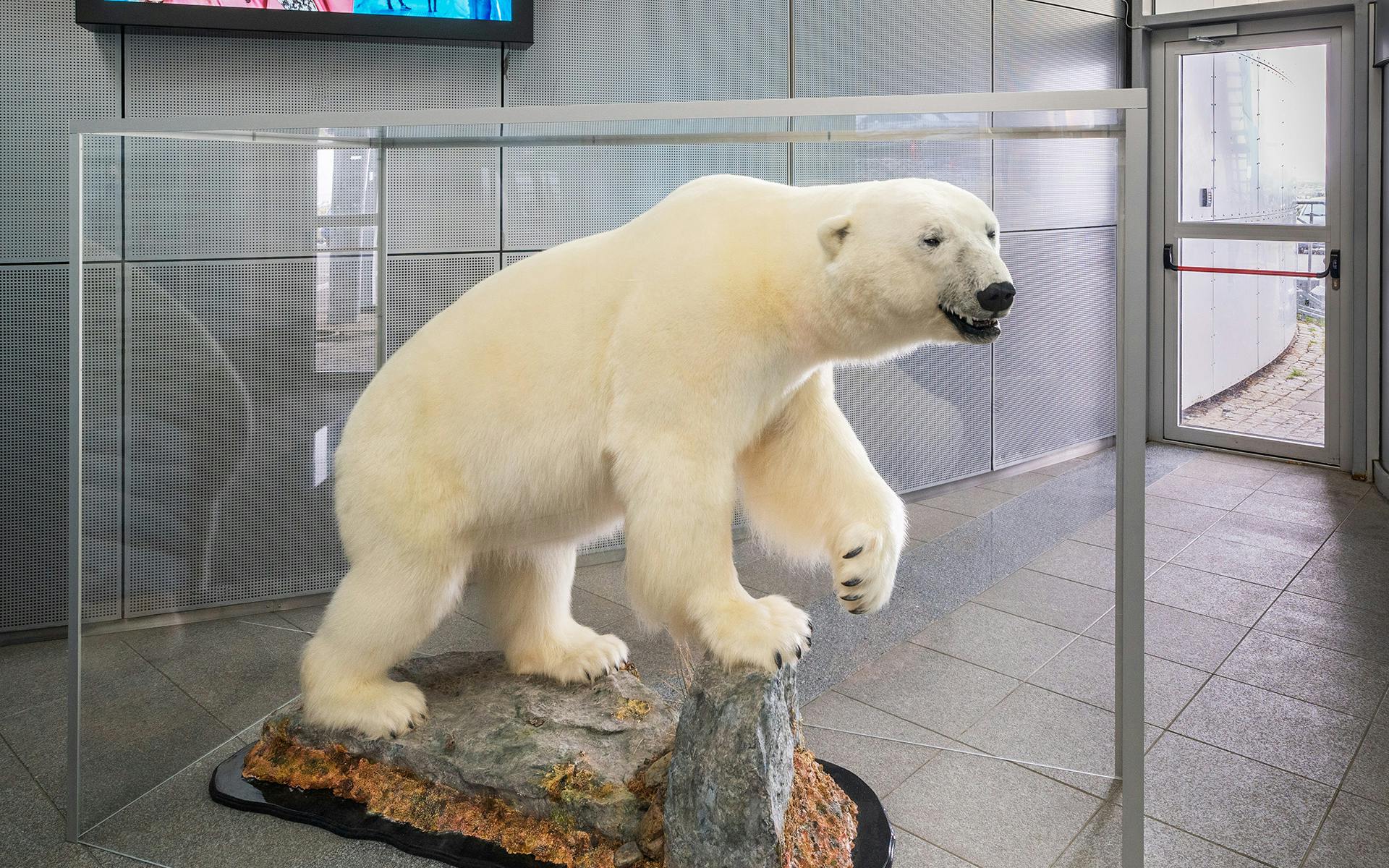
You're in luck if you wish to behold the impressive sight of a polar bear during your visit to Iceland. While live encounters with these Arctic titans on Icelandic shores are rare and unpredictable, there is a place where you can observe a magnificent representation of this creature - the Perlan Museum.
Located in Reykjavik, the Perlan Museum offers an immersive and educational experience, taking visitors through Iceland's unique geological and ecological history. Among its many exhibits, the museum houses a lifelike mounted polar bear. This exhibit not only allows visitors to appreciate the polar bear's impressive size and physical attributes but also sparks conversations about the species' survival challenges and the importance of conservation.
So while it's unlikely that you'll spot a live polar bear wandering the landscapes of Iceland, a visit to the Perlan Museum ensures that you can still experience the awe-inspiring presence of this Arctic predator. Plus, you'll gain a wealth of knowledge about Iceland's unique environment and the urgent global conservation issues intertwined with polar bears' fate and their habitats.
Polar Bears in Iceland FAQ
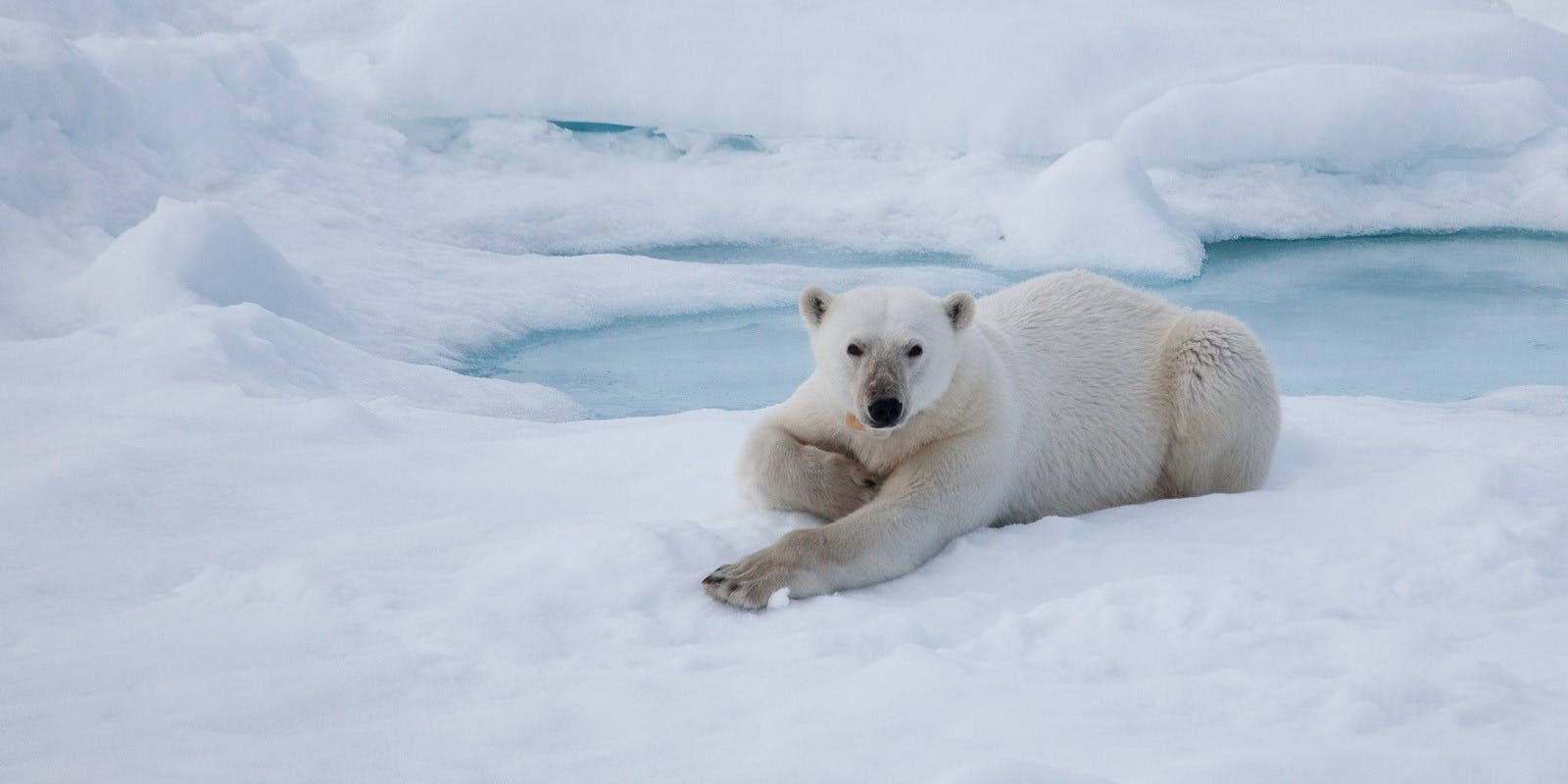
Are there polar bears in Iceland?
Polar bears are not native to Iceland, but occasional sightings occur when bears drift from Greenland to Icelandic shores on ice floes or icebergs.
Are polar bears protected?
Yes, polar bears are protected under various international agreements and conservation efforts due to their vulnerability to climate change and habitat loss.
Are polar bears sea animals?
Polar bears are often classified as marine mammals because they rely heavily on the sea ice for hunting, breeding, and travelling.
How do polar bears get to Iceland?
Polar bears typically reach Iceland by drifting on ice floes or icebergs from their native territory in Greenland.
Can polar bears drink seawater?
Yes, polar bears can drink seawater because they have specialised kidneys that filter out salt.
Are polar bears rare in Iceland?
Yes, polar bears are rare in Iceland as they are not native and only occasionally appear due to specific environmental circumstances.
Where do polar bears live in Iceland?
Polar bears do not typically live in Iceland. When they appear, they are generally found along the coastline where they've drifted ashore.
What kind of bears live in Iceland?
The only native land mammal in Iceland is the Arctic fox. However, polar bears occasionally drift to Icelandic shores from Greenland but are not permanent inhabitants.
Popular tours
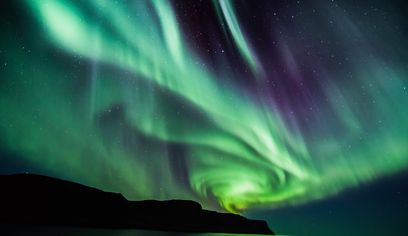
The #1 Northern Lights Tour in Iceland | FREE photos, Homemade Hot Chocolate & cinnamon buns

Reykjavík Northern Lights Cruise

Aurora Basecamp Night pass

Reykjavík Whales & Northern Lights

Northern Lights Tour from Reykjavik, With Photographs, Local Pastrys and Hot Chocolate

DT 310 Private Superjeep Northern Lights

NORTHERN LIGHTS AND STARGAZING (Guided in 10 languages)

GOLDEN CIRCLE AND NORTHERN LIGHTS (Guided in 10 languages)

Aurora Viking - The Private Tour - Northern Lights Tour

Northern Lights w/Aurora Viking - free pro photos - Free Retry – minibus
